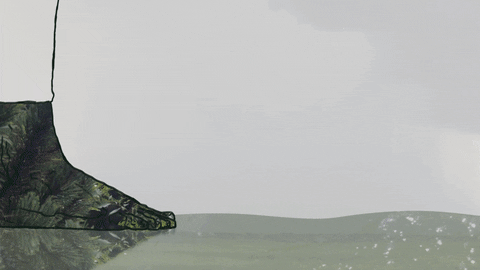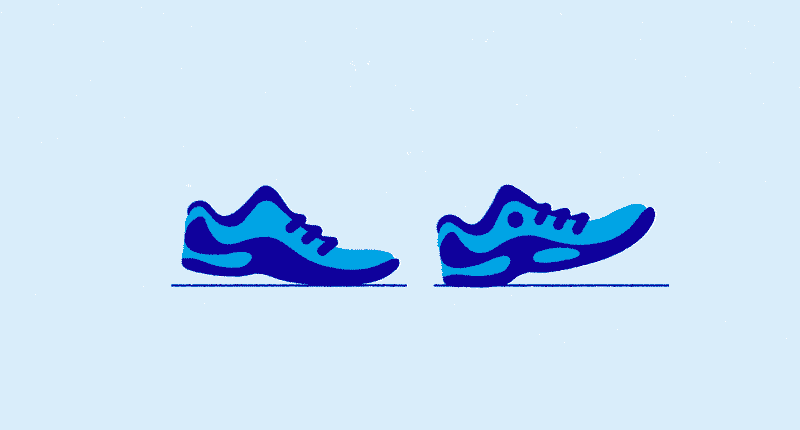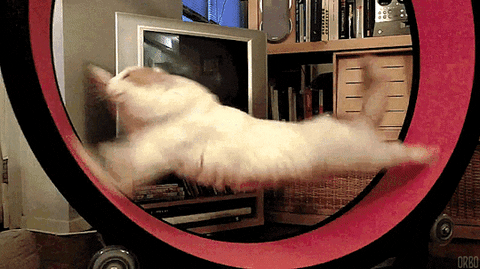
Walking is a very daily action and the key to “supporting” life.
When walking, people will mobilize 60% ~ 70% of the muscle groups of the whole body, and also need the support and cooperation of respiratory system, circulatory system, nervous system, musculoskeletal system and other systems.

In the process of walking, the factor of “stride” alone can reflect the health of the body.
The study of Tokyo Metropolitan Health and longevity medical center in Japan pointed out that compared with stride walking, people with small steps have a 3.39 times higher risk of cognitive decline.
The pace is large and the cognitive function is better
Walking speed reflects the body’s aerobic capacity and the muscle endurance of heart, lung and lower limbs, which can affect a person’s ability to live independently.
◎ walking speed = stride (size of one step) x pace (rhythm of stepping on the ground)
The team of Yukio Taniguchi, a co researcher at the Institute of health and longevity medical center in Tokyo, Japan, found that the key to the impact of walking speed on life is the stride, that is, the size of the stride.
The study found that compared with people with large daily walking steps, people with small steps are more likely to decline their cognitive function.

The survey took more than 1000 Japanese residents over the age of 65 as the object. The researchers investigated each person’s stride and divided them into three groups “small stride”, “medium stride” and “big stride” according to the stride size. They conducted a four-year follow-up survey of cognitive function.
The results showed that the largest number of cognitive decline was the small step group, and the least was the large step group. The risk difference was significant, up to 3.39 times, while that in the medium pace group was 1.22 times.
This is only a change in just a few years, and it is applicable to the elderly of different genders and heights.
Since then, a large-scale follow-up survey of nearly 7000 people over a 12-year period has confirmed this view. At any stage – 65, 70, 80 or 90, people with small steps have more than twice the risk of cognitive disease than those with large steps.
A formula is used to calculate the optimal stride
The “stride” mentioned in the study refers to the distance from the heel of one foot to the heel of the other. How wide is the stride to be ideal?
Taniguchi suggests that the stride target for most people is about 65 cm. In terms of image, 65cm is about the width of crossing at least one white zebra crossing in one step.

However, in real life, the stride will vary according to everyone’s height. In order to achieve the health preservation effect of vigorous walking, the ideal stride is ≈ height × 0.45, for example, the reasonable stride of a person with a height of 160 cm is about 72 cm.
The distance between the feet (i.e. step width) should not be too wide. When walking, imagine walking on two lines slightly narrower than the shoulder, which can increase the stability when walking.
Even if your current stride is not up to the standard, you don’t have to worry. Just remind yourself that your stride is a little bigger than now, and 1 ~ 3 cm more is a kind of progress.
Six benefits of stride walking
In stride, don’t lose your mind! The walking revolution with an increased stride of 5 cm, Taniguchi pointed out that many studies have shown that walking ability is not only related to fractures and falls, but also closely related to the mortality of the elderly.
Recent studies have shown that the death caused by cardiovascular disease is also closely related to walking ability.

Why do people with big steps have better health? Taniguchi’s team gave the answer.
“Revitalize” the brain
Stimulate the nerve conduction between the brain and the feet, and in addition to the movement instructions from the brain to the feet, the information exchange from the feet to the brain will also become active, which helps to activate the brain.
Increase muscle strength
When walking in big strides, muscles less commonly used in small strides such as thighs, calf muscles and spine and back muscles can be used more frequently and fully exercised.
Improve cardiopulmonary function
Compared with small step walking, large step walking has higher exercise intensity, better blood circulation, increase the amount of air entering the lungs, and send nutrition and oxygen to every corner of the body.
Make blood vessels elastic
Stride increases the contraction and extension of muscles, which can benign stimulate blood vessels, so as to increase the elasticity of blood vessels.
Make you feel better
When you walk with big strides, your back will naturally straighten and your sight will naturally raise. Such posture change can give people the impression of youth and vitality, and also make them feel better and more positive.
Low risk of falls
Walking ability is the embodiment of waist and leg strength. People with strong waist and legs walk more steadily and are less likely to fall.
Even if you stumble accidentally, you can find the fulcrum immediately, maintain balance and prevent falling to the ground.
Better health and fewer accidents can help reduce the chances of the elderly lying in bed and being cared for, and avoid brain decline caused by social isolation.
How to increase the pace of Science
When taking a daily walk, pay attention to the following points to help slowly increase the pace.
1. Ensure correct posture, moderate abdominal retraction, chest straightening, hip clamping, and do not bow and hunch, which can improve the sports effect.
2. Proper arm swing can make walking more efficient. Correct arm swing posture can help maintain body balance, coordinate gait frequency and improve leg movements.
Walking clock swing arm, shoulder relaxed, two arms bent into about 90 degrees, two hands and a half clenched fist, natural swing; Swing forward slightly inward and backward slightly outward. Don’t swing too much. Don’t use too much force.
Comments